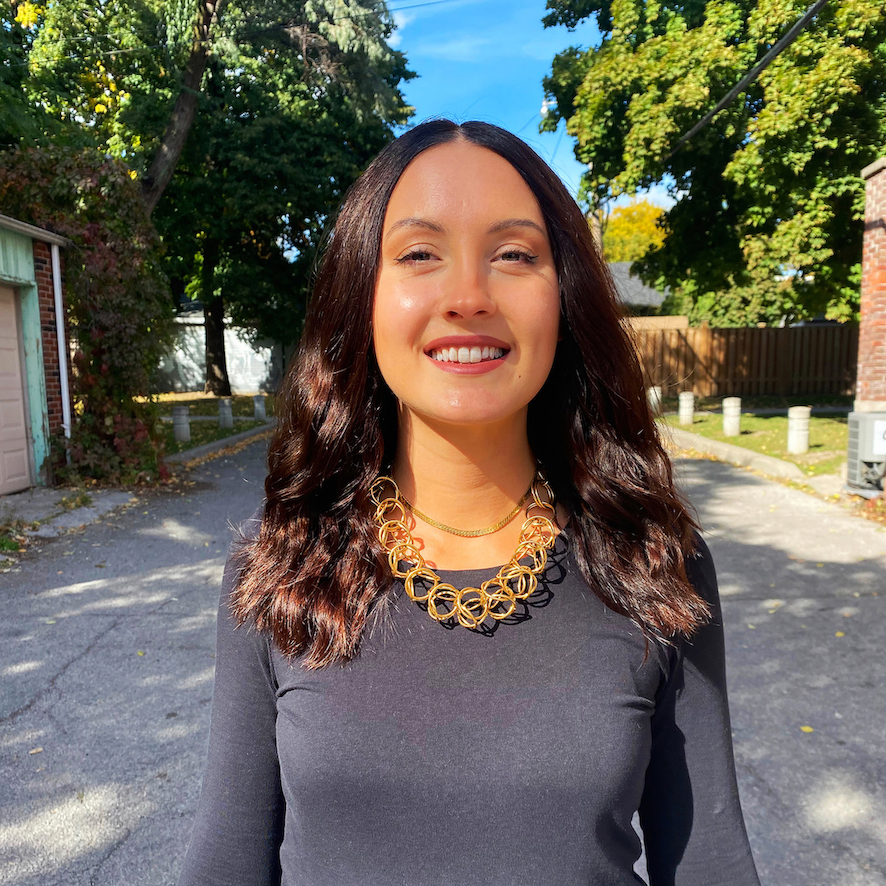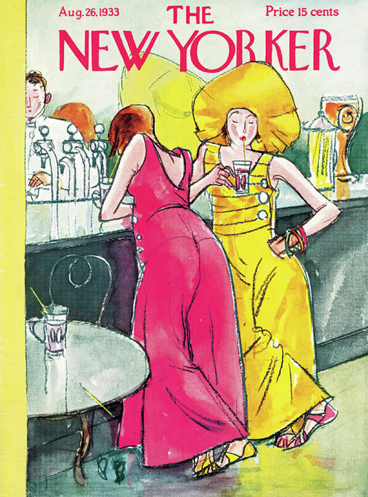ProCom Student Collaborates with Professor to Publish Article on Visual Culture
Jessica Hupalo is a current fourth year Professional Communication student at Toronto Metropolitan University (TMU). Recently, an article written by Jessica and Dr. Carolyn Kane, Associate Professor at the School of Professional Communication, was published in the European Journal on Visual Culture. The article is entitled, Cotton and Capital: Pajama Fashions Before and After COVID-19. (external link, opens in new window) Below, Jessica dives into the collaboration process with Dr. Kane, their inspiration for the piece, and how her studies in Professional Communication have helped her along the way.

How did the collaboration come about between you and Dr. Kane?
The inception of our collaboration started back in February 2020 when Dr. Kane reached out to me asking if I would be interested in working with her as a research assistant for the 2020 summer URO Program. The URO program (Undergraduate Research Opportunities) offers students an opportunity to participate in scholarly, research and creative activities, while working directly with a university faculty member.
I had previously known Dr. Kane, as I took her Text, Image and Sound (CMN 210) class during the fall 2019 semester, where we bonded over themes of fashion and art. Wanting to build upon my portfolio in scholarly research writing, I happily accepted the position. We applied for the summer URO award grant and the rest is history!
I was incredibly grateful to be offered such a compelling position, and the timing was perfect as a month later, the WHO declared the COVID-19 pandemic. I was able to remain employed through this research position, where I gained invaluable experience. Given this was my first research assistant position, I developed a very particular set of career skills different from my previous employment titles.
What was the inspiration behind the article and what do you hope readers take away from the article?
The inspiration behind the article was centered around the mainstream adoption and acceptance of pajamas and loungewear during the height of the COVID-19 pandemic, when stay-at-home mandates were in full effect. Attitudes toward clothing and expression often reflect the zeitgeist of its time, and as pajamas and casual wear became a symbol of the COVID-19 pandemic, our research was motivated to explore how the pajama defined other societal moments throughout history. Additionally, the article was inspired by the material culture of textiles and the social, cultural and economic impact of the production and consumption of pajama fabrics throughout particular moments in history.
I hope that when people read this article they will reflect upon how textile production and certain styles of clothing, in particular pajamas and baggy clothing styles are often intertwined with the histories of colonialism and labor exploitation. More importantly, how the pajama and baggy clothing styles are linked to the social, class and racial inequalities.
Could you describe the process of writing the article? Were there any challenges along the way? Were there specific skills you learned in ProCom that supported your work on the article?
In short, the work day included daily check-ins, many email exchanges and many Zoom calls. Aside from that, a bulk of the project consisted of reviewing relevant resources to gather information in which I would summarize the sources and develop notes for analysis and reflection. Once the article began to form, that’s when we began the process of editing and revising the article, and inputted our collected sources. Throughout the process, Dr. Kane and I followed a timeline with specific roles to ensure we were following our proposed timeline.
If I could name a challenge throughout this process I would say that one of the main challenges (with any project or in any workplace) is learning how to collaborate with a new colleague, especially because everyone has different work and learning styles. I think what worked in this situation is that Dr. Kane and I were open about our strengths and how we can build upon them together.
The skills that I learnt in ProCom that I believe contributed to the support of the article are knowing how to identify credible sources for research and understanding how to synthesize large amounts of information in an easily digestible way. I think it’s incredibly important to develop strong critical thinking skills throughout one’s degree. Throughout my role it was common to summarize long research articles into one to two paragraphs, and as a professional communicator it is important to identify language that is clear and concise.
And of course, another skill I enhanced while in ProCom (and this one is obvious) is being able to effectively and consistently communicate with those that you are collaborating with. Considering that the entirety of the project was conducted virtually, open communication was key as it contributed to a strong understanding of our thought processes and established our goals for the project.

Since this writing collaboration, Jessica has continued to work with Dr. Kane on other projects, including recreating historical electric billboards through animation. One of the animations they've collaborated on is a recreation of one of the first electric billboards, circa 1892-93, New York City. A still from this animation will be published in Dr. Kane’s upcoming book, Electrographic Architecture: Color, Light, and the White Imaginary (forthcoming 2023), and the animation will be put on the University of California website.
Jessica hopes to see herself in a project management role in the future in either the marketing, advertising, event management or crisis communications fields. She is hoping to pursue a project management certificate post-graduation.